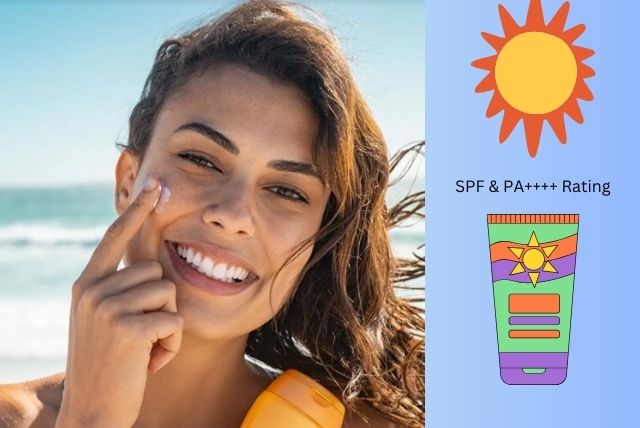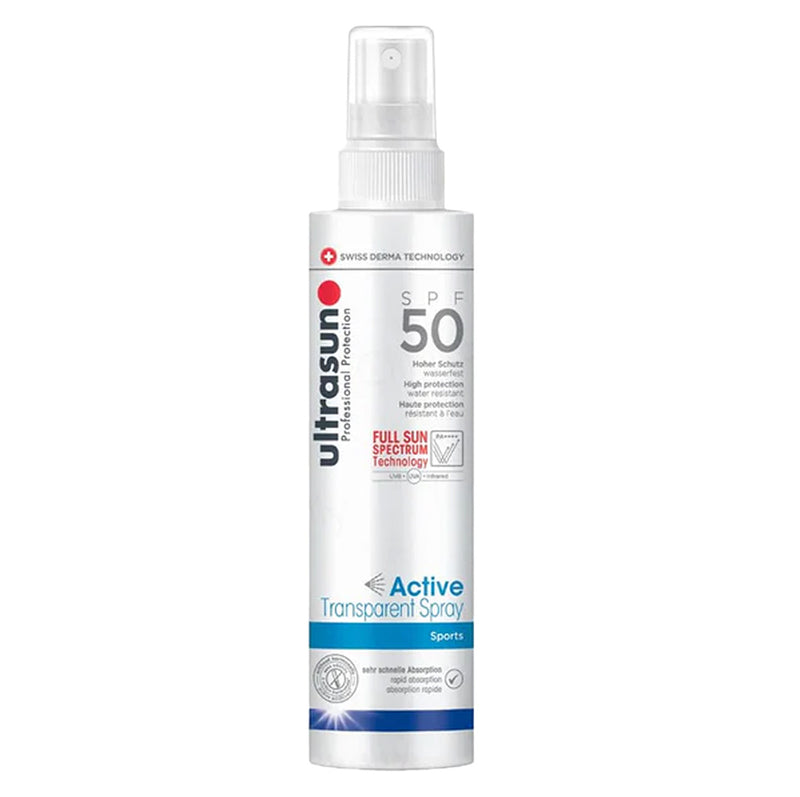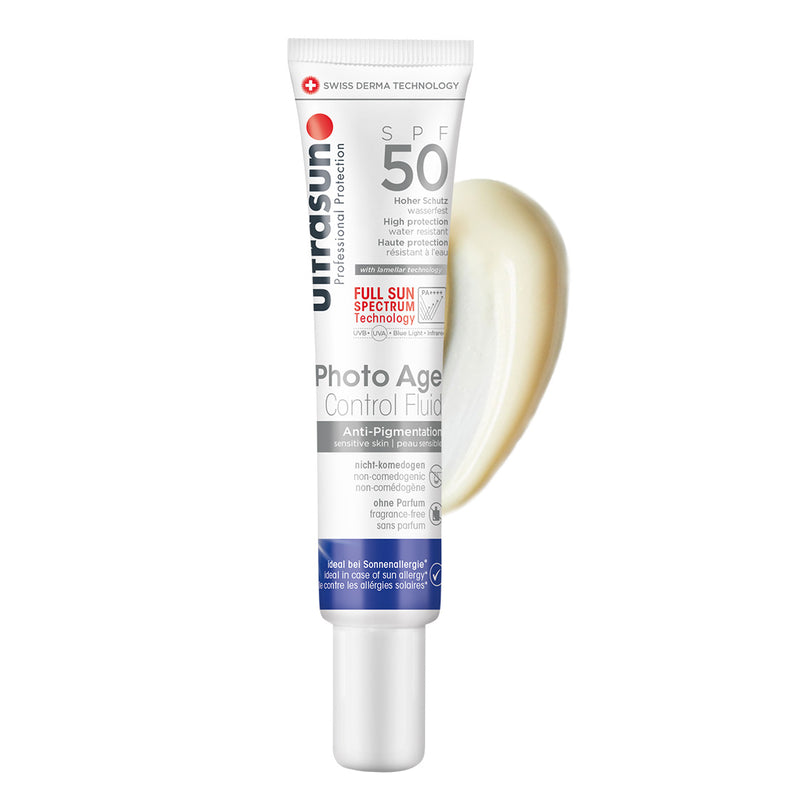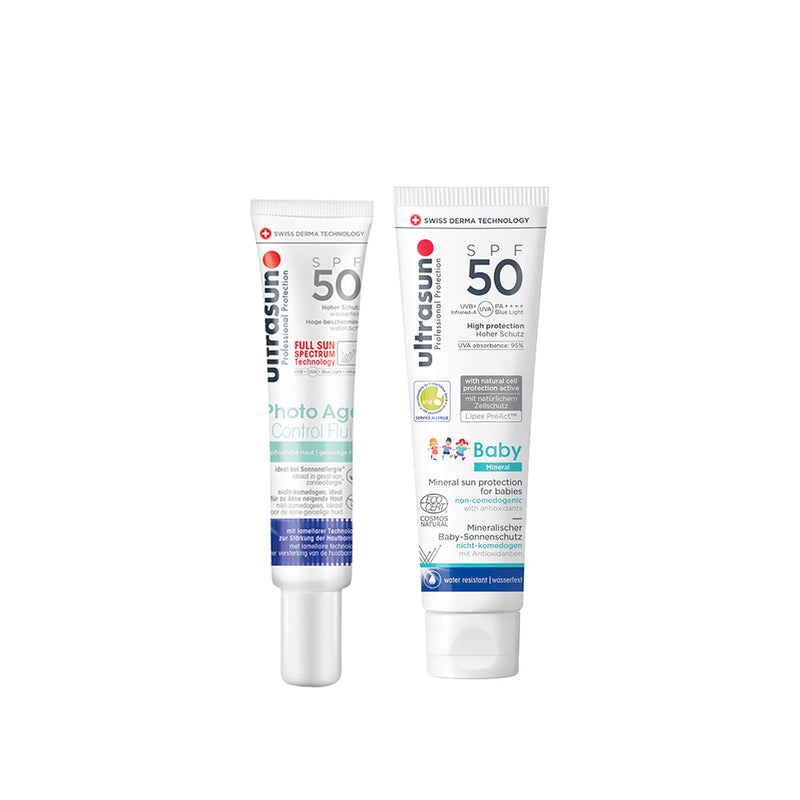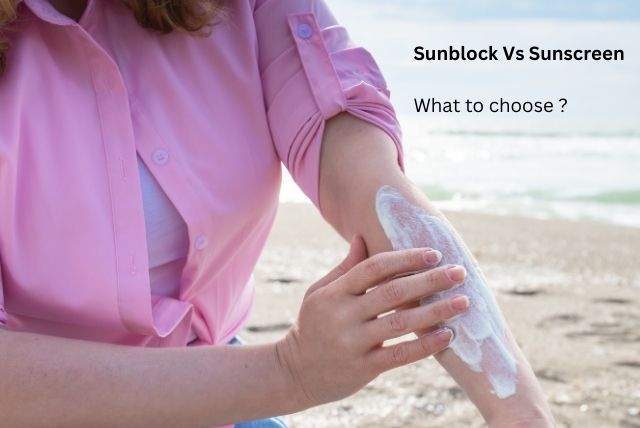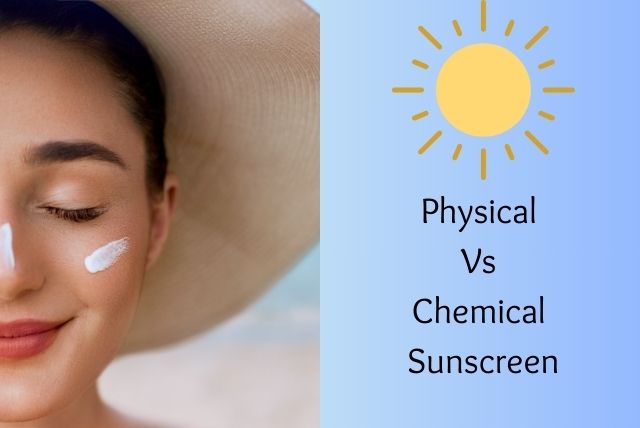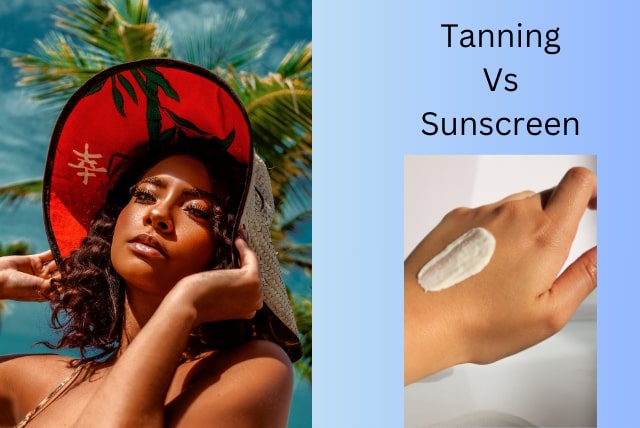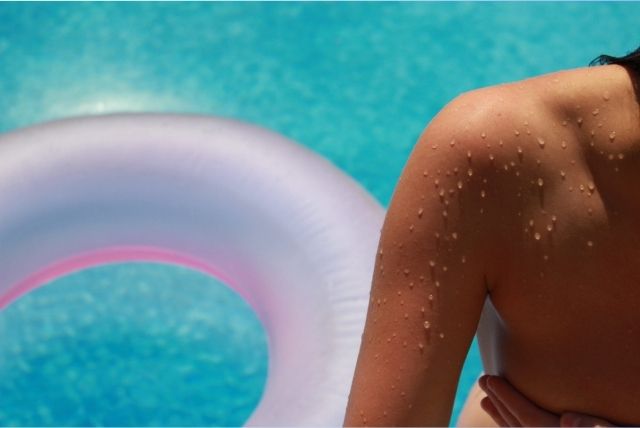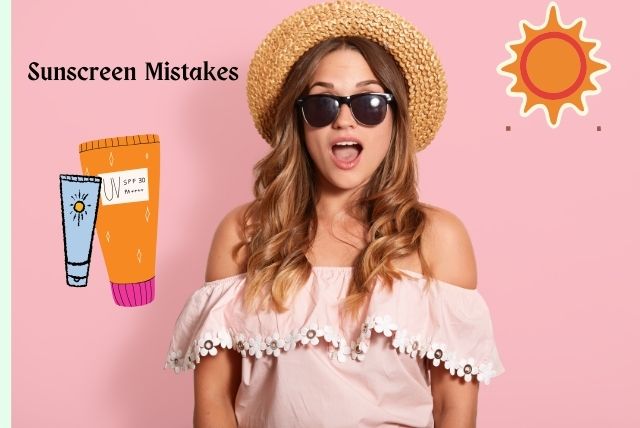Protecting your skin is of paramount importance to maintain its health and radiance. With the detrimental effects of ultraviolet (UV) rays, it becomes imperative to adopt a comprehensive sun care routine. Sunscreen, a key component in this regimen, acts as a shield against the harmful effects of UV radiation. But what exactly does the Pa rating or PA ++++ in sunscreen mean? Let's delve deeper into this topic and explore its significance.
Understanding UV Rays
The sun emits two types of UV rays that reach the Earth's surface and that is UVA and UVB. UVA rays penetrate deep into the skin, causing long-term damage such as premature aging, wrinkles, and an increased risk of skin cancer. On the other hand, UVB rays primarily affect the outer layer of the skin, causing sunburns and contributing to the development of skin cancer. It is essential to protect your skin against both types of rays to minimize their adverse effects.

What is PA ++++ rating in Sunscreen?
PA rating means: In Sunscreen, PA ++++ rating is a measurement used in most of the country, primarily in East Asia, to assess the level of protection a sunscreen provides against UVA rays. The PA full form in sunscreen is "Protection Grade of UVA," and the PA Level or PA rating is represented by the "+" symbol, with a higher number of "+" indicating a higher level of UVA protection.
The PA rating system comes from Japan, and it's a bit like a test for UVA radiation. PA rating was adapted from the method of PPD (Persistent Pigment Darkening). PPD was used to determine how long it takes for your skin to get tan. For example, if sunscreen has a score of 5, it should let you stay in the sun 5 times longer without getting too tan.
Pa rating is hard to measure exactly, and different countries use different ways to rate it.
In some countries like Japan. They turn those test results into something called "PA ratings or PA Levels." It goes like this:
- If the sunscreen's PPD test score is between 2 and 4, it gets a PA+ rating and provides the lowest UVA protection.
- If it's between 4 and 8, it's PA++ with moderate UVA protection.
- For scores between 8 and 16, it's PA+++ with high UVA protection
- And if it's 16 or higher, it's PA++++.
The PPD method is not a standardised method so other countries can follow or can't follow Pa rating based on PPD score.
So, what do all those plusses mean? Well, simply put, more plusses mean better protection from those special sunlight rays (UVA). Right now, the highest protection level you can get from these rays is PA++++.
So, It's better to use PA+++ or PA++++ rating sunscreen. That means you will be protected from UVA radiation 16 times more when using sunscreen with UVA protection.
Importance of PA Rating in Sunscreen
UVA rays is a significant contributor to skin damage, leading to premature aging and skin cancer. The PA rating helps consumers gauge the degree of UVA protection offered by a sunscreen product. The higher the PA rating, the greater the protection against UVA rays, thus reducing the risk of skin damage.
Know the Recent Changes to the PA++++ Rating System
In recent years, there have been significant updates to the PA rating system. The introduction of PA++++ denotes the highest level of UVA protection available in sunscreens. This enhanced rating reflects the increasing awareness of the damaging effects of UVA rays and the need for more robust protection against them.
Differentiating PA from SPF
PA rating and SPF are two sides of the same sun protection coin. SPF addresses UVB rays, which primarily cause sunburn. In contrast, PA rating addresses UVA rays, which penetrate deeper into the skin and cause long-term damage without necessarily causing immediate visible signs like sunburn.
SPF is incomplete without considering UVA protection. A sunscreen with a high SPF but inadequate PA rating may shield you from sunburn while leaving you vulnerable to long-term skin damage.
How PA Rating is Determined
A) Testing Methodology and Procedure
PA rating is determined through in vivo testing, where volunteers apply sunscreen, and their skin's reaction to UVA exposure is observed. The level of UVA protection is then graded based on the time it takes for the skin to redden compared to unprotected skin.
B) Evaluating UVA Protection
The grading system for PA rating ranges from PA+ (some UVA protection) to PA++++ (extremely high UVA protection). Each increase in the number of "+" signs indicates higher protection against UVA rays.
C) Grading System
PA+ offers some UVA protection. PA++ provides moderate UVA protection. PA+++ delivers good UVA protection while PA++++ provides extremely high UVA protection.
Best PA Sunscreen with the Highest PA Rating
The best PA++++ sunscreen depends on various factors, including personal preferences and skin type. Dermatologists and skincare experts often recommend broad-spectrum sunscreens with high PA ratings.
Skyntox Sunscreens are one of the best sunscreens with the highest PA rating and SPF value. All ingredients used in the products are highly effective and provide broad-spectrum protection. These sunscreens also contain special ingredients that detoxify the skin.
Ultrasun is a Switzerland-based brand that is highly effective because of the patented lamellar technology for long-lasting protection and protects your skin from all Ultraviolet, infrared and blue light rays. All Ultrasun sunscreen products include a PA++++ rating which is top rated rating and a sun protection factor (SPF) is 50 which makes it highly effective.
Why PA Rating Matters for Different Skin Types
- Seeking Higher PA Rating Individuals with sensitive skin are particularly vulnerable to UVA-induced irritation and inflammation. Opting for sunscreens with higher PA ratings ensures better protection and minimizes the risk of adverse reactions.
- While darker skin tones offer some inherent sun protection, they are not immune to UVA damage. High PA ratings offer a proactive defence against premature aging and other long-term effects.
- Customizing Sunscreen Based on Sun Exposure Tailor your sunscreen choice to your anticipated sun exposure. If you'll be outdoors for an extended period, a higher PA rating ensures sustained protection against UVA rays.
What to Look for a Sunscreen that is Truly Effective?
When evaluating the effectiveness of sunscreen, it is crucial to consider multiple factors like PA rating.
In addition to the PA rating, it is important to consider other factors when selecting a PA++++ sunscreen. Look for the term "broad spectrum" on the label, indicating that the product protects against both UVA and UVB rays. Additionally, pay attention to the SPF rating, as it complements the PA rating to offer comprehensive sun protection. Examining the list of ingredients can also provide valuable insights into the formulation, particularly if specific ingredients are known for their enhanced UVA protection properties.
Benefits of Sunscreens with High PA Rating
A) Preventing Premature Aging and Wrinkles
UVA rays are a leading cause of premature aging, including wrinkles, fine lines, and age spots. Highest PA rating sunscreens act as a barrier, safeguarding your skin's youthful appearance.
B) Reducing the Risk of Skin Cancer
Prolonged UVA exposure increases the risk of skin cancer. By opting for sunscreens with elevated PA ratings, you're taking a proactive step towards minimizing this risk and ensuring long-term skin health.
C) Achieving Even-Toned Complexion
UVA rays contribute to uneven skin tone and hyperpigmentation. Sunscreens with robust PA ratings help prevent such issues, enabling you to enjoy a radiant and even complexion.
How to Check if Sunscreen is PA++++ or not?
Determining whether a sunscreen is PA++++ is relatively straightforward. Simply examine the sunscreen label for the PA symbol followed by the number of "+" signs. A sunscreen with a PA++++ rating provides the highest level of UVA protection available in the market.
Ensuring Effective Application of PA Sunscreen
- Quantity Matters
Proper Sunscreen Application Applying the right amount of sunscreen ensures even coverage and maximizes the effectiveness of both PA and SPF ratings.
- Reapplication and Prolonged
Sun Exposure Reapplying sunscreen every two hours, especially during extended sun exposure, maintains continuous protection against UVA and UVB rays.
- Achieving Optimal UVA and UVB Protection
By adhering to proper application and reapplication guidelines, you optimize the potential of your chosen sunscreen's PA and SPF ratings.
Conclusion
Safeguarding your skin from the damaging effects of UV rays is an essential aspect of maintaining optimal skin health. Understanding the significance of the PA rating in sunscreen allows you to make informed choices when selecting a product. By choosing a sunscreen with a high PA rating, you can enjoy enhanced protection against UVA rays, minimizing the risk of premature aging, skin damage, and potential long-term consequences. Prioritize your skin's well-being, and make sunscreen with a high PA rating an integral part of your daily routine.
Reference
https://en.wikipedia.org/wiki/Sunscreen
Read more:
- What is SPF (Sun Protection Factor) in Sunscreen? A complete guide
- A Complete Guide: Does Sunscreen Make You Dark?
- A Complete Guide: How to Reduce Melanin in Skin
- Common sunscreen mistakes that should be avoided
- Best Sunscreen for oily skin in India recommended by dermatologist
- Benefits of Wearing Sunscreen On Face Everyday
- Ingredients in Sunscreen to Avoid and Why
- Can Sunscreen Cause Acne? Answered By Dermatologist
- Best Sunscreen For Dry Skin In India Recommended by Dermatologist
-
Best Mineral or Physical Sunscreen Recommended by Dermatologists

